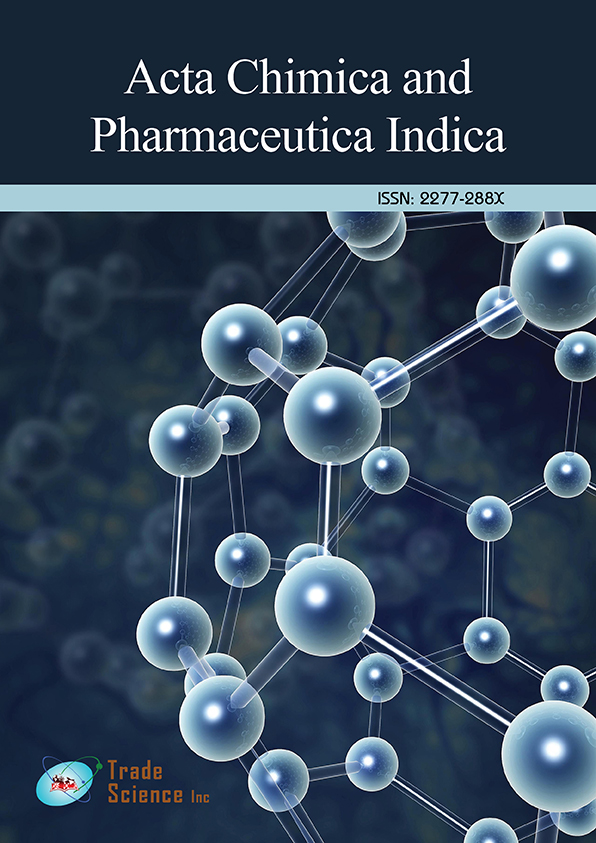Perspective
, Volume: 13( 3) DOI: 10.37532/2277-288X.2023.13(3).208Pharmaceutical Quality Control Using Thermal Analysis Methods
- *Correspondence:
- Sumnarth MannDepartment of Food Control, Faculty of Pharmacy, Germany, E-mail: mannisum99@gmail.com
Received: August 01,2023, Manuscript No. tsacpi-24-116870; Editor Assigned: August 05,2023, Pre-QC No. tsacpi-24-116870(PQ); Reviewed: August 20,2023, QC No. tsacpi-24-116870(Q); Revised: August 25,2023, Manuscript No. tsacpi-24-116870(R); Published: August 29,2023. DOI: 10.37532/2277-288X.2023.13(3).208
Citation: Manni S. Pharmaceutical Quality Control Using Thermal Analysis Methods. Acta Chim Pharm Indica 2023;13(3):1-2.
Abstract
Thermal analysis methods are crucial tools in the field of pharmaceutical quality control. These methods encompass various techniques such as Differential Scanning Calorimetry (DSC), Thermogravimetric Analysis (TGA), and Dynamic Mechanical Analysis (DMA). They aid in characterizing the thermal properties of pharmaceutical materials, which is essential for ensuring product quality, stability, and efficacy. This article provides an overview of thermal analysis methods and their applications in pharmaceutical quality control.
Keywords
Thermal analysis; Pharmaceuticals; Quality control
Introduction
Pharmaceutical quality control is a critical aspect of ensuring the safety, efficacy, and consistency of pharmaceutical products. Thermal analysis methods play a pivotal role in this process by providing valuable insights into the thermal properties and behavior of pharmaceutical materials. Differential Scanning Calorimetry (DSC), Thermogravimetric Analysis (TGA), and Dynamic Mechanical Analysis (DMA) are prominent thermal analysis techniques used in pharmaceutical quality control.
DSC measures the heat changes associated with phase transitions and chemical reactions in pharmaceutical materials as a function of temperature. It is utilized to determine parameters like melting points, glass transition temperatures, and reaction kinetics. TGA, on the other hand, quantifies weight changes as a function of temperature or time, aiding in the analysis of thermal stability, decomposition, and moisture content of pharmaceutical substances. DMA evaluates mechanical properties like modulus, stiffness, and viscoelastic behavior of pharmaceutical materials in response to temperature changes.
Thermal analysis helps in optimizing pharmaceutical formulations by studying the compatibility and interactions between various components. It aids in achieving desired properties and stability of the final product.
Thermal analysis is used to evaluate the thermal behavior of drug delivery systems such as liposomes, nanoparticles, and microspheres, ensuring their stability and effectiveness.
Thermal analysis facilitates the monitoring of batch-to-batch consistency, enabling manufacturers to maintain the desired quality and properties of pharmaceutical products across different production runs.
Conclusion
Thermal analysis methods are indispensable tools in pharmaceutical quality control. They provide a deeper understanding of the thermal properties of pharmaceutical materials, allowing for informed decisions during product development, manufacturing, and storage. By employing techniques like DSC, TGA, and DMA, pharmaceutical companies can enhance product quality, ensure regulatory compliance, and ultimately contribute to the well-being of patients by delivering safe and effective pharmaceutical products.
